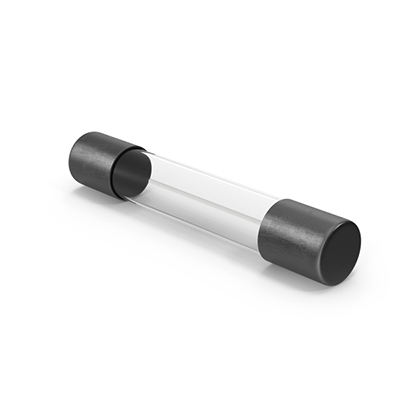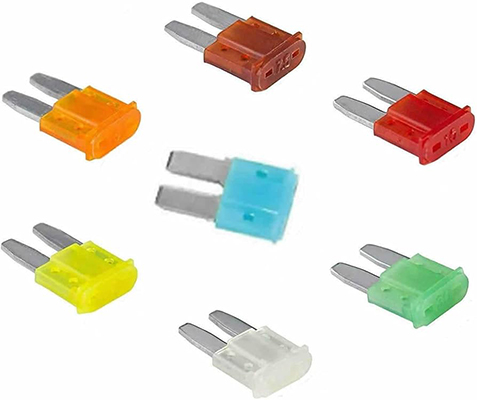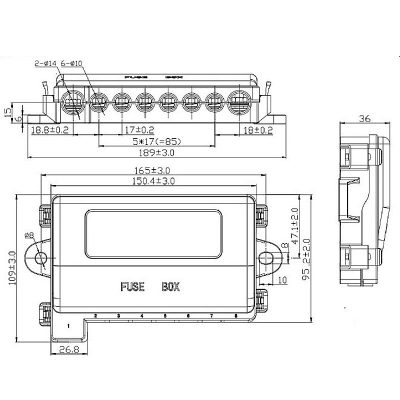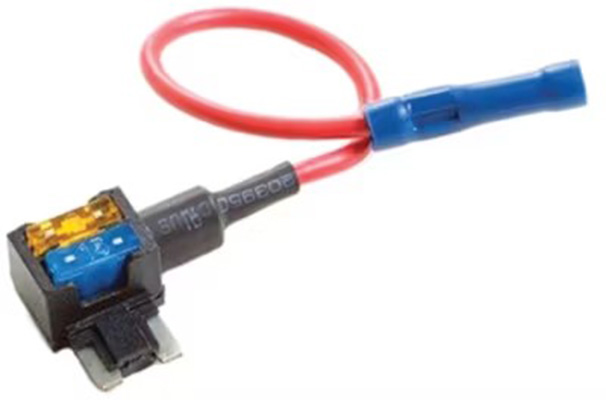Glass Fuse for Car Air Conditioning Circuits
News 2025-10-27
Glass fuses play a critical role in safeguarding automotive electrical systems, particularly in car air conditioning circuits. These components are designed to protect against overcurrent conditions, such as short circuits or excessive loads, which could damage sensitive electronics or cause fires. In the context of air conditioning systems, glass fuses ensure reliable operation by interrupting power flow when abnormalities occur. They are commonly used in vehicles due to their compact size, transparency for easy inspection, and ability to handle the specific voltage and current demands of automotive applications. Understanding their function helps maintain system efficiency and longevity, making them an integral part of modern car designs.

Application Scenarios
In car air conditioning circuits, glass fuses are applied in various key areas to enhance safety and performance. For instance, they protect the compressor clutch circuit, which engages the AC compressor, preventing damage from electrical surges. Another common use is in the blower motor circuit, where they guard against overloads that could arise from fan malfunctions. Additionally, glass fuses are found in control modules and wiring harnesses, ensuring that ancillary components like sensors and relays operate without risk of failure. This targeted protection is essential in diverse driving conditions, from extreme heat to high humidity, where AC systems are heavily relied upon for comfort and efficiency.
Performance Advantages
Glass fuses offer several key benefits that make them ideal for car air conditioning applications. Their fast-acting response time helps minimize damage by quickly breaking the circuit during faults, preserving other components. The transparent glass body allows for visual inspection, enabling quick diagnosis and replacement without specialized tools. Moreover, they provide consistent performance across a wide temperature range, crucial for automotive environments. Compared to other fuse types, glass fuses are cost-effective and compact, fitting easily into space-constrained areas. These attributes contribute to improved reliability and reduced maintenance costs in AC systems, ensuring optimal functionality over the vehicle’s lifespan.
Frequently Asked Questions
1. What is the typical current rating for these fuses?
Answer: Ratings usually range from 5 to 30 amps, based on the specific AC component and vehicle specifications.
2. How can I test a glass fuse for faults?
Answer: Use a multimeter to check continuity or visually inspect for a broken wire inside the glass.
3. Are glass fuses reusable after blowing?
Answer: No, they are single-use devices and must be replaced to restore circuit protection.


